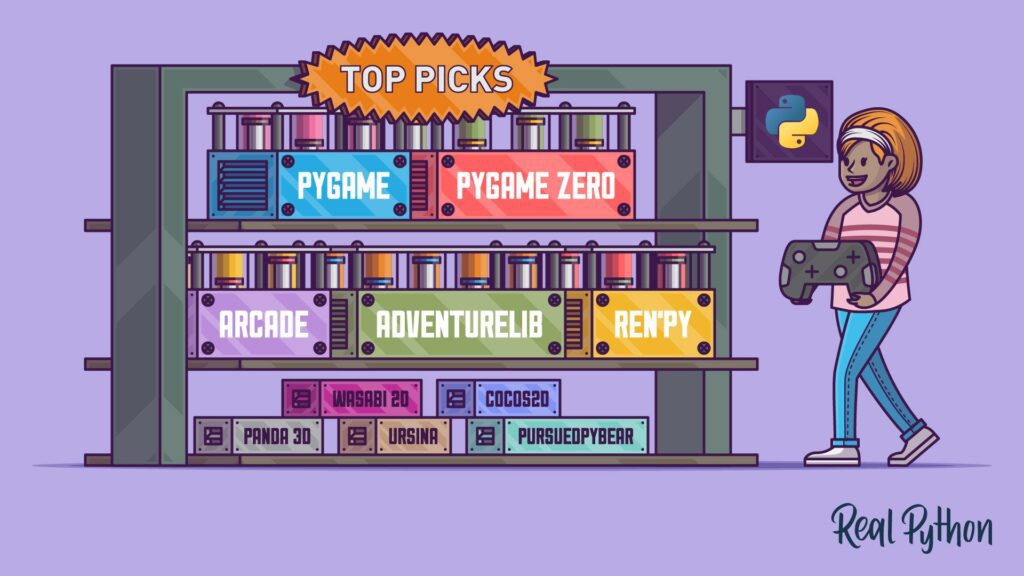Unity is a widely-used game development engine capable of building interactive gaming worlds with physics simulations, advanced AI, and realistic lighting in both 2D and 3D. The game creation process begins by conceptualizing the idea, identifying the target audience, and creating a storyboard. Once conceptualization is complete, asset creation begins, which includes creating 2D/3D models, animations, textures, and music. Unity has built-in tools that support prototyping, level design, scripting, testing, debugging, and publishing on desktop, mobile, and console platforms. At every stage, developers must consider the player experience and ensure the game meets their expectations.
Building Interactive Gaming Worlds with Unity: A Comprehensive Overview
Introduction
Unity is a popular game development engine that has helped developers create some of the most successful and innovative games of recent years. With Unity, developers can create interactive 2D and 3D worlds, complete with physics simulations, realistic lighting, and advanced AI. This article will provide a comprehensive overview of how games are made using Unity, from initial concepting to final deployment.
Concepting
The first step in creating a game is conceptualizing the idea. This can involve brainstorming with a team, creating a design document or storyboard, and identifying the target audience. Concepting also involves identifying the core mechanics of the game and the overall experience you want players to have.
Asset Creation
Once the concepting phase is complete, the next step is asset creation. This includes creating 2D or 3D models, animations, textures, and music. Unity supports a wide range of file formats for assets, including FBX, OBJ, JPG, and WAV. Assets can be created in third-party software such as Maya or Blender and imported into Unity.
Prototyping
Prototyping involves creating a basic version of the game to test the core gameplay mechanics. This helps identify any issues or bugs early on in the development process, allowing for quick iteration and improvement. Unity offers built-in tools for prototyping, including a scene editor, physics simulation, and scripting tools.
Scripting
Scripting involves adding functionality to the game using the C# programming language. Unity offers a range of pre-built scripts, such as those for controlling player movement, collision detection, and camera control. Developers can also create their own scripts to add custom functionality.
Level Design
Level design involves creating the game’s environments and layouts. Unity provides a range of tools for level design, including a terrain editor, object placement tools, and lighting tools. Level design also involves creating the game’s user interface, such as menus and HUD elements.
Testing and Debugging
Testing and debugging are critical aspects of game development, as they help identify and fix issues in the game. Unity provides tools for testing and debugging, such as the debugger, profiler, and unit testing framework. Playtesting is also an essential component of testing, allowing developers to see how players interact with the game.
Publishing
Once the game is complete and fully tested, the final step is publishing. Unity offers a range of platforms for publishing, including desktop, mobile, and console. Developers must also ensure that their game meets the requirements of their chosen platform and passes any necessary certification processes.
Conclusion
Building games with Unity involves a range of different stages, from concepting to prototyping to publishing. At each stage, developers must carefully consider the player experience and ensure that the game meets their expectations. With Unity’s powerful tools and robust ecosystem, developers can create engaging, interactive gaming worlds that captivate and entertain players around the world.
